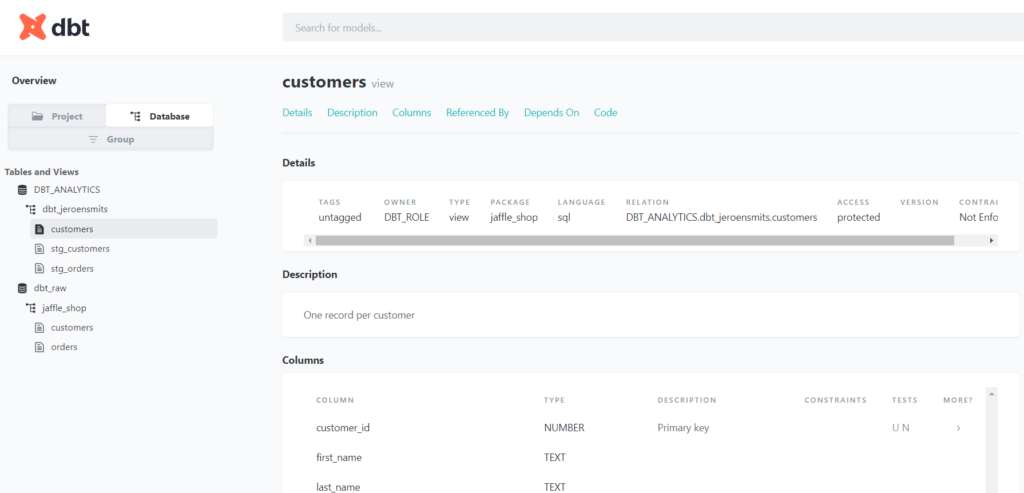In the fast changing landscape of data analytics, the role of an analytics engineer has recently emerged. As organizations strive to derive insights from complex datasets, the need for efficient and scalable data transformation tools is crucial. One such tool is dbt (data build tool). Last week my colleague wrote a blog how dbt can be integrated with other tools to streamline data operations. In this blog, I will further explore analytics engineering with dbt and the benefits to transform raw data into actionable insights.
Agility in Data Transformation
Analytics engineers face the challenge of transforming raw, messy data into a structured and usable format. Traditional ETL (Extract, Transform, Load) processes can be cumbersome and time-consuming. With the introduction of Data warehouse’s in the cloud, however, the focus is now on transformation rather than extraction or loading ELT (Extract, Load, Transform). This allows analytics engineers to work with data transformations in a modular and agile manner, to reduce the time and effort required for data preparation.
Version Control and Collaboration
Dbt’s integration with version control systems, such as Git, enables analytics engineers to manage and track changes to their data transformations effectively. This not only provides a clear audit trail but also facilitates collaboration among team members. Multiple analysts can work on different aspects of the data transformation process simultaneously. This enhances productivity and ensures the reliability of the analytics pipeline.
Documentation
Clear documentation is a common challenge in the world of data analytics and can be time consuming. If you are interested in reading more about documentation, I would suggest to read this blog. Dbt addresses this issue by making documentation an integral part of the data transformation process. Through the use of dbt’s documentation features, analytics engineers can describe the purpose and logic behind each transformation step. This creates a comprehensive and easily understandable record (Fig. 1)

Testing and validation
It is important to have accurate and reliable data. Dbt offers built-in testing functionalities that allows to validate transformations against expected outcomes. This not only catches errors early in the process but also provides a safety net for ongoing data transformations. By incorporating testing into the data transformation workflow, the quality of the analytics output improves and data integrity remains!
Scalability and performance
As data volumes continue to grow, scalability becomes a critical consideration for analytics engineers. Dbt’s ability to push down transformations to the data warehouse level enhances performance and scalability. By leveraging the computational power of the underlying data infrastructure, dbt ensures that data transformations can efficiently handle large datasets, meeting the demands of modern analytics.
Conclusion
If you are an analytics engineer, dbt stands out as a powerful and flexible tool that empowers you to transform raw data into valuable insights with agility and efficiency. Its focus on collaboration, documentation, testing, and scalability makes it a game-changer for those seeking a robust solution to their data transformation challenges.





